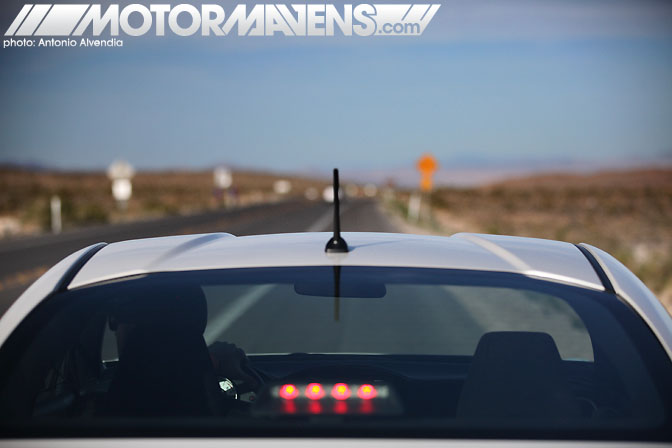Something that I was unaware of since most of the photos don't really show this... the roof of the 2016 Volt has this indentation with curved ridges. I took this picture last weekend at the O.C. International Auto Show, where Chevy had two 2016 Volts. A black one and a white one.
![Image]()










